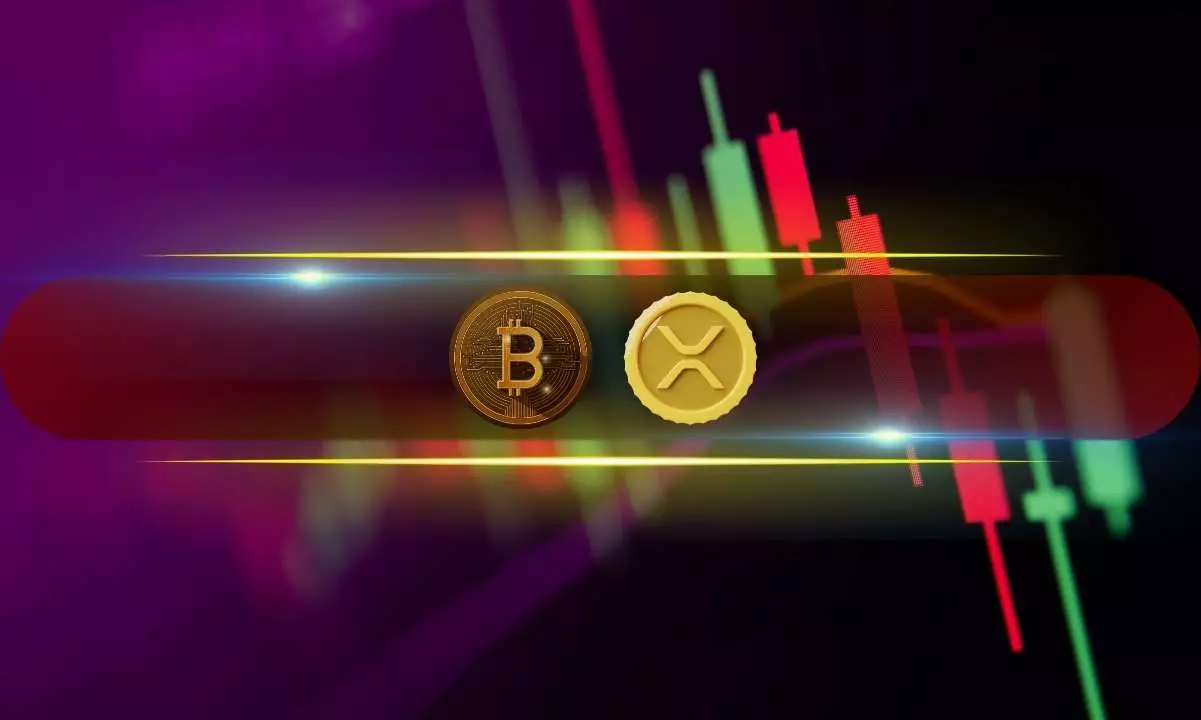The recent collapse of Bitcoin below the $113,000 mark serves as a stark reminder that even the most dominant digital assets are not immune to the harsh realities of market volatility. While bulls once managed to push the price toward $120,000, a wave of institutional and retail sell-offs, driven by geopolitical tensions and macroeconomic uncertainties, shattered those short-lived gains. This decline underscores a critical point: the crypto market, often lauded as a haven for wealth accumulation, remains fragile and susceptible to external shocks, regardless of its decentralized veneer. Investors who cling to the narrative that crypto is a one-way street to riches are ignoring its inherent risks, which are now glaringly evident.
The Impact of External Political and Economic Factors
The recent downturn in Bitcoin and altcoins is not merely a technical correction but a reflection of broader geopolitical and macroeconomic tremors. The influence of political statements, tariff negotiations, and military movements has tangible repercussions for digital assets. The US Federal Reserve’s decision to hold interest rates steady, despite bullish GDP figures and political pressure from figures like Trump advocating for rate cuts, exemplifies market indecision. When Powell’s message was perceived as cautious, Bitcoin responded violently—dropping below key support levels and stirring volatility that regulators and central banks have long sought to understand. This cycle of external influences playing into cryptocurrency prices illustrates the illusion of crypto independence; in reality, it remains highly sensitive to traditional financial and geopolitical developments.
The Illusion of Decoupling and Its Consequences
Despite the industry’s claims of decentralization and independence from political machinations, recent price movements reveal a harsh truth: cryptocurrencies are not immune to the chaos of global affairs. The fact that Bitcoin and numerous altcoins mirrored declines seen in legacy markets suggests an uncomfortable interdependence. Even in a supposed “digital gold” era, the market cap shrinking by nearly a quarter-trillion dollars and dominance metrics holding at over 60% testify to investor prudence rather than confidence. Many overlook the damage inflicted by rapid sell-offs, dismissing the notion that this crypto winter could be a mere correction. Instead, it signals a return to fundamental market forces—fear, uncertainty, and a lack of investor trust—forcing a reevaluation of what digital assets truly represent in an increasingly volatile world.
The Faux Promise of Altcoins and Speculative Frenzy
While Bitcoin hemorrhages value, the broader altcoin market rebelliously follows suit, revealing the speculative bubble’s fragility. Even promising projects like Solana (SOL) and Dogecoin (DOGE) are not immune to the downturn. The rare exceptions—such as XRP and Litecoin, with slight gains—highlight the selective nature of recovery efforts and speak to the underestimated value of established projects with real-world utility and community support. The plunge of lesser-known tokens like Pi Network and ENA to all-time lows further underscores that many altcoins are more akin to speculative ventures rather than sustainable assets. This negative trend warns investors to exercise critical judgment about the long-term viability of many similarly hyped projects, especially in an environment where liquidity dries up and bearish sentiment dominates.
Cryptocurrency’s Persistent Risks in a Complex World
The recent market movements cast doubt on the narrative of crypto as a safe, independent asset class. Instead, they reveal an ecosystem deeply intertwined with the fluctuations of traditional markets, politics, and global events. Investors and regulators alike must recognize that cryptocurrencies, despite their technological promises, remain vulnerable to external shocks. Market caps shrink, valuations plummet, and even the most resilient assets are brought to their knees by macroeconomic headwinds and geopolitical crises. Failure to acknowledge this interplay not only risks financial losses but also undermines the credibility of cryptocurrencies as a long-term store of value. As the storm continues to shake the market, only those with a clear-eyed, realistic perspective will navigate the chaos and avoid falling prey to inflated hopes and reckless speculation.

